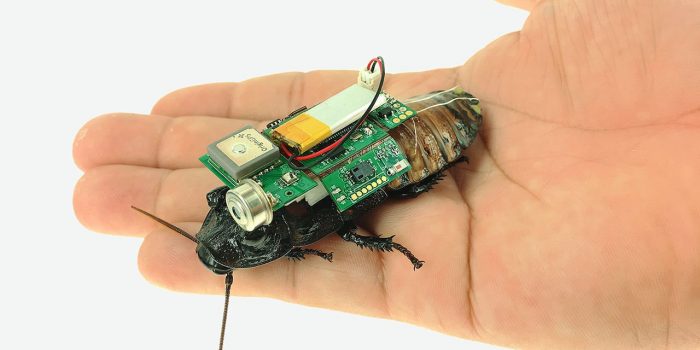There are now many imaging techniques allowing scientists to observe the inner workings of a living organism, but they require test subjects to be tethered to the monitoring device, in this case, rodents. This can limit the ability of animals under study to roam freely during experiments.
To solve this, researchers from the Johns Hopkins University School of Medicine have designed a new unique wireless microscope, called BLEscope, that can transmit real-time imaging from inside live mice via Bluetooth to a nearby phone or laptop. Scientists used it to offer continuous monitoring of blood vessels and tumors in the brains of mice through a series of experiments.
Although there are also several different miniature microscopes designed for in vivo experiments in animals, these often require high power consumption or a wire to be tethered to the device to transmit the data that may restrict an animal’s natural movements and behavior.
To address this, the scientist team has built an imaging system that not only operates with ultra-low power consumption below 50 milliwatts but also allows wireless data transmission and continuous imaging at resolutions of 5 to 10 micrometers.
The scientist developed a BLEscope with an off-the-shelf, low-power image sensor and microcontroller integrated into a printed circuit board. There are two LED lights of different colors, green and blue, to create contrast during imaging.
According to Arvind Pathak, a professor at the Johns Hopkins University School of Medicine, the BLE protocol allows wireless control of the BLEscope while its low power consumption and portability make it ideal for remote, real-time imaging. Moreover, its strength can wirelessly conduct high-resolution, multi-contrast imaging for up to 1.5 hours, without the need for a tethered power supply.
In the experiments, the team added a fluorescent marker into the blood of mice and used BLEscope to characterize blood flow within brains in real-time. After that, they altered the oxygen and carbon dioxide ratios of the air being breathed in by mice with brain tumors to observe blood vessel changes in the fluorescently marked tumors.
The team is planning to miniaturize the BLEscope to make it suitable for use on freely moving animals.






